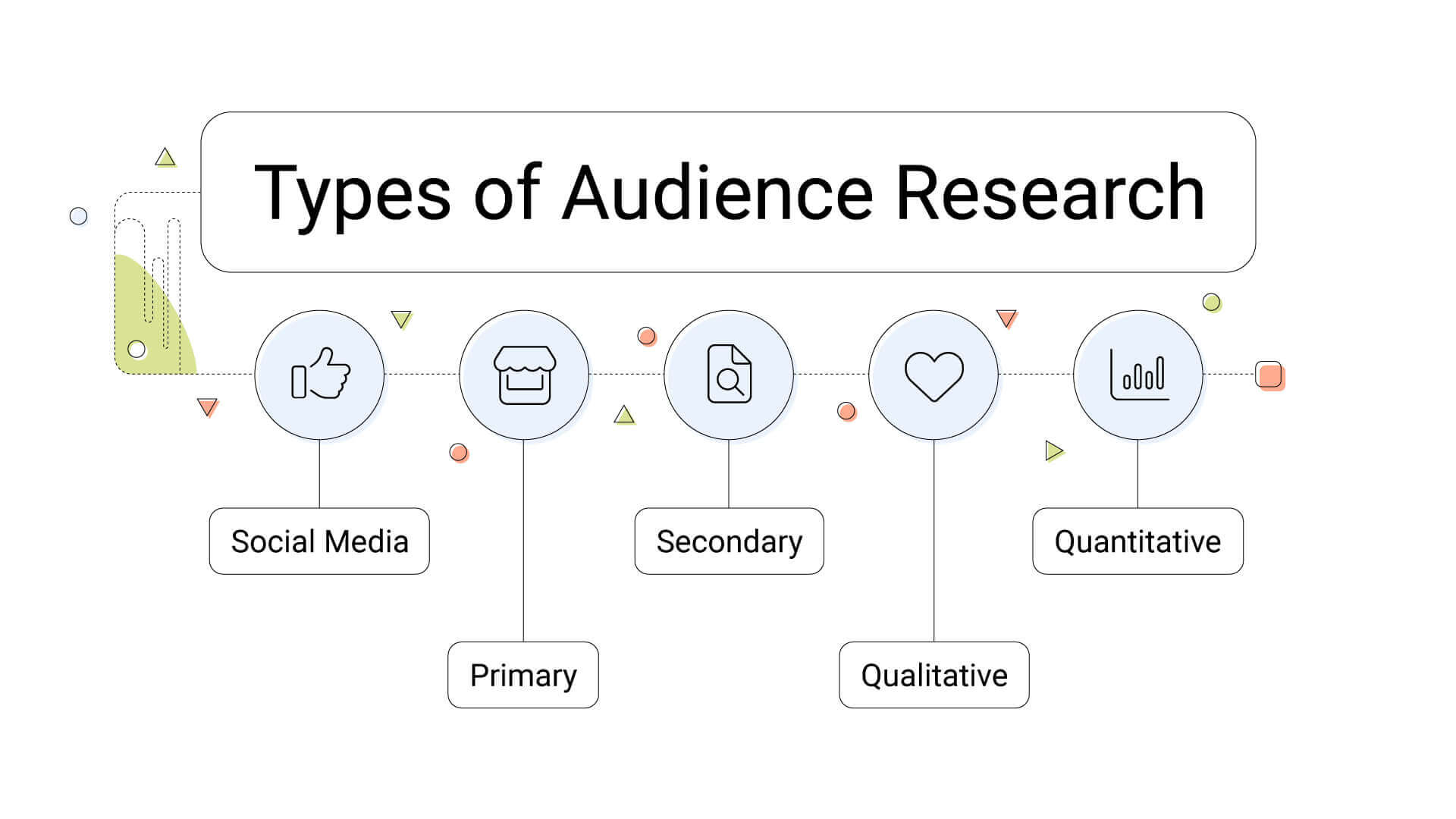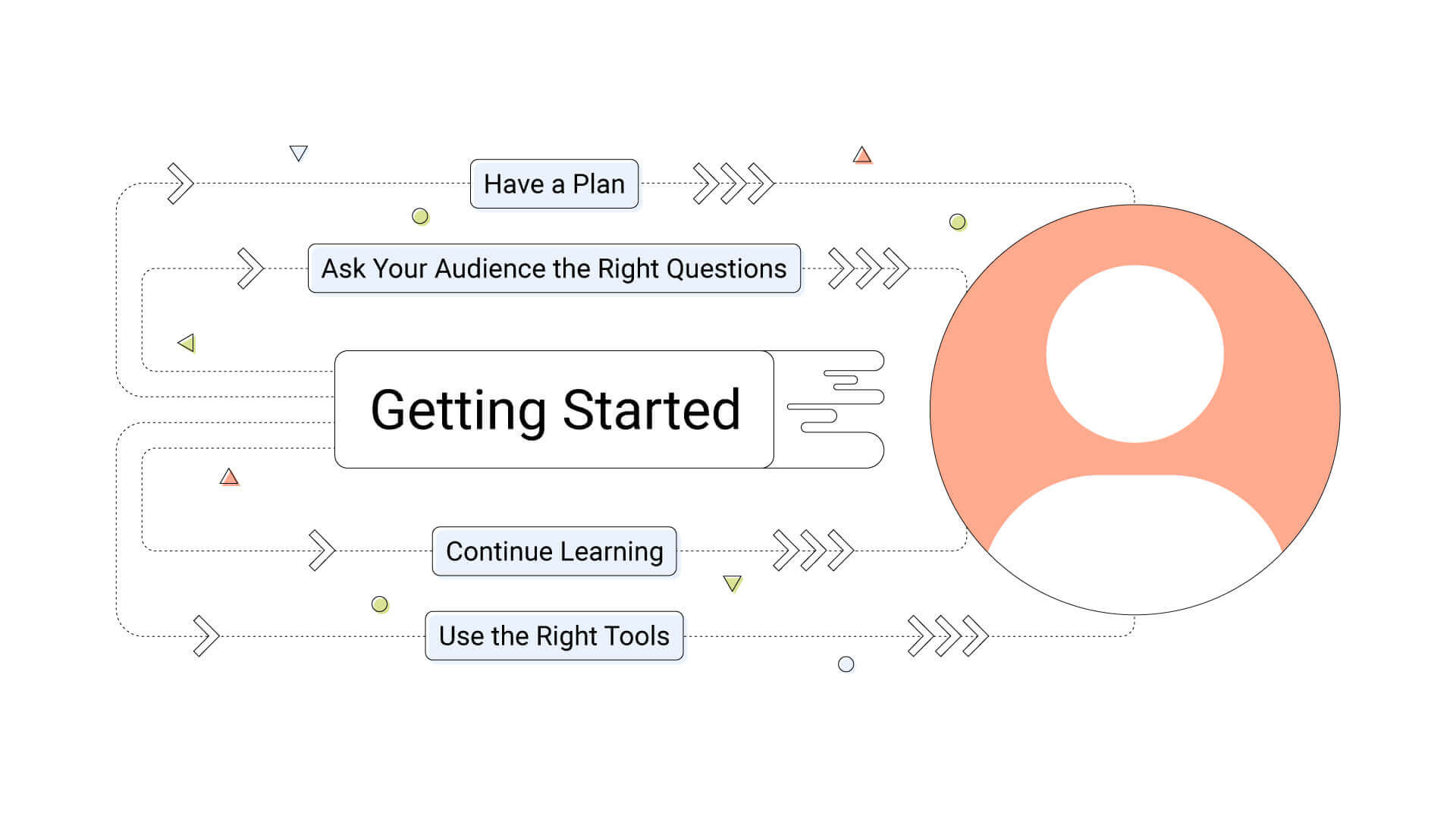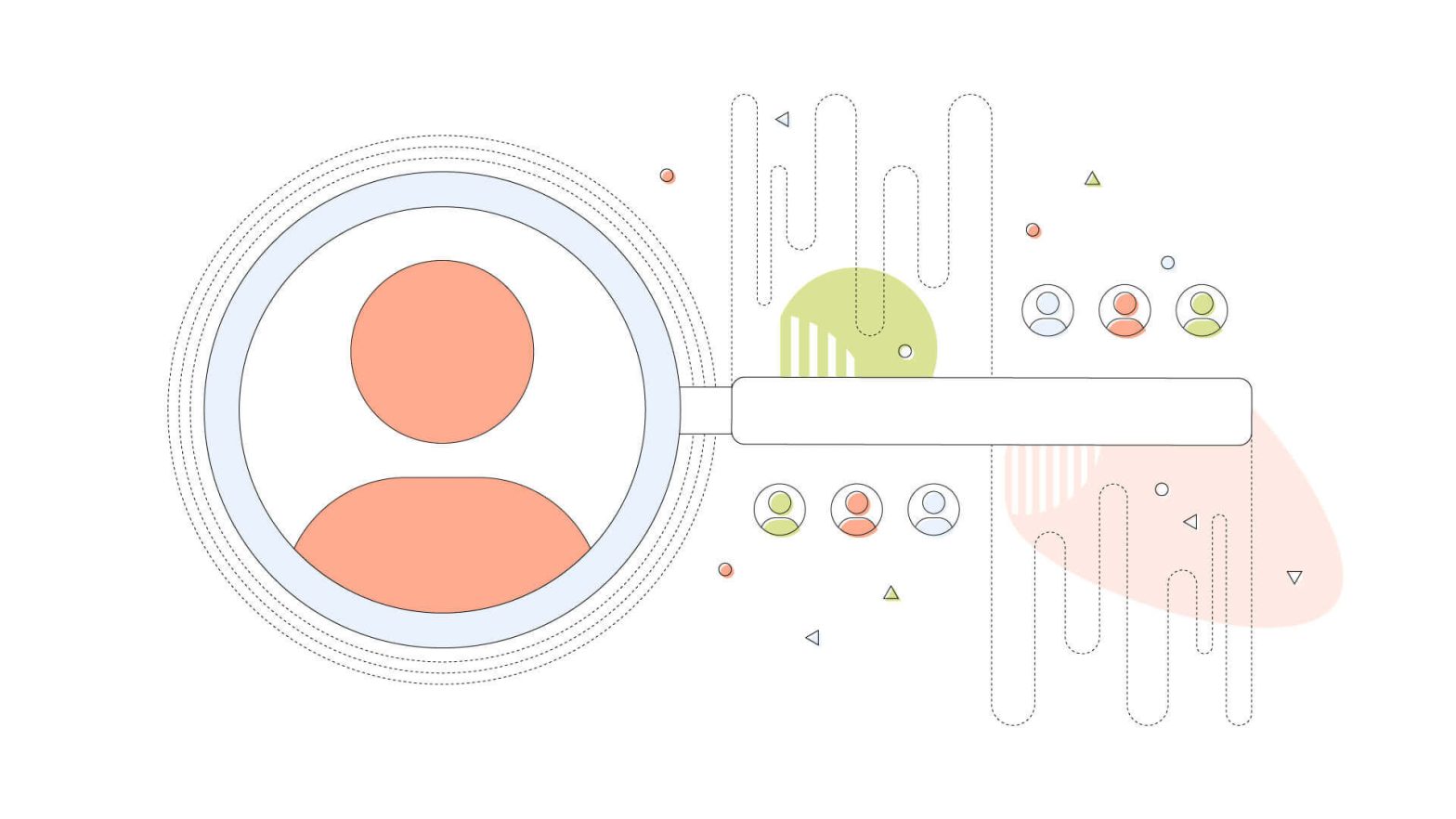Analyzing your audience is an all-important task your small business should focus on when starting. Asking what your users want from your products and services is quintessential for growth and business sustainability.
Often, we see a company post a questionnaire or a photo asking for users’ feedback on social media. Marketers then analyze the gathered data to find how to improve their products and services and note what users like or dislike about them.
Every new business must have a proper plan to approach a specific demographic or target group to advertise its products and services better online.
Audience research is essential to any marketing campaign, giving insights you’re not going to have in many other ways. But what exactly is Audience Research? Let’s find out on this new HostPapa blog.
- What Is Audience Research?
- Audience Research and Market Research: What’s the Difference?
- Audience Understanding vs. Audience Research
- How Many Types of Audience Research Are There?
- Getting Started With Audience Research
- Audience Research Examples
What Is Audience Research?
This research is done on a specific target audience or potential audience members. The objective is to find the audience’s interests, habits, and behaviours and identify issues with your brand or products through a series of questions and well-thought posts.
It’s essentially a way to understand what your audience wants so you can improve the experience you provide them. Audience research is also an excellent way to probe your audience before launching a great product or service. Product development can be long and requires plenty of time and usually money, so thorough research on the user’s needs can maximize the product’s success.
Audience Research and Market Research: What’s the Difference?
While audience research targets a specific market segment, like your followers, for instance, with market research, we gather information about the market we’re involved in. That means other companies, products, services, and support are an equally important part of marketing.
Market research can be the first step a small business tries because it can provide critical information like the following:
- The market size
- The active demographic group
- The customer’s economic power
- The pricing of all the alternative options
These are considered the first crucial steps a small business must take before embarking on its journey in the market, and they differ from audience research significantly.
Audience Understanding vs. Audience Research
Understanding your audience is practically the same as audience research. Creating probing questions through clever posts is a way of understanding your customer’s needs.
How Many Types of Audience Research Are There?
Extracting information from your audience about what they like or not in your products is like getting directions for a road trip. You should reconsider if you think you can make it without a map! Building customer relationships improve your marketing efforts and help your small business get to the next level.
It’s important to note here that there are five audience research types:
- Social Media
- Primary
- Secondary
- Qualitative
- Quantitative

Social Media
The internet has brought out many interesting things, and we can confidently say that social media is among them. A recent report from Statista says that out of the 5 billion internet users worldwide, 4.65 billion are on social media. So marketers are rubbing their hands over that market that can bring many potential customers.
Analyzing consumer behaviour on social media is easy nowadays. Facebook and Instagram offer countless tools to find out how many people have viewed your content, how many engagements your latest post got, and many more, so use them frequently.
Primary Research
This type of research is conveyed directly by your small business or agency using posts, questionnaires, interviews and product field testing to log customers’ feedback. It’s the most direct type of research, it needs a careful plan to produce valid results, but overall it’s easy to conduct. Students use primary research for their school projects and companies to evaluate their marketing campaigns.
Secondary Research
As you probably guessed, secondary research reviews and analyzes publicly available information. These are usually researches done by government bodies or other entities that have stored their data online for everyone to see. In journalism, this is called data journalism or desk research, and it refers to the same kind of research.
Qualitative Research
Qualitative is open research conveyed through telephone surveys and interviews, focusing on the audience’s emotions and feelings rather than facts like the following type. It focuses more on the data quality rather than capturing a massive amount. It’s like an audience within an audience.
Case studies, for instance, are among these types of research that focus on a specific topic or target group and are known to be thorough.
Quantitative Research
Quantitative is a more statistical approach to gathering numbers like age and percentage rather than emotions and feelings, as qualitative research suggests. Data from this type of research comes from online interactions like in an eCommerce website by analyzing Google Analytics data for a specific web page.
Questionnaires and surveys are among the most popular forms of quantitative research, offering preference data without conveying why they’re making that particular choice.
For example, you may ask, “Do you prefer Movie A or Movie B?” Users will pick without telling you the emotional aspect influencing their choice.
Getting Started With Audience Research
It’s important to know that there are plenty of ways to get started with audience research for your small business. These are some of our suggestions to give you a headstart.

Have a Plan
Knowing exactly what you want to research is almost half of the work! Find a purpose, and identify the potential problem you want to solve before starting. Ask yourself what you are trying to solve within your business; this will probably help you considerably.
Exploring how you’re going to track your answers is equally important. Online tools like Zonka Feedback, Hotjat Surveys, and Surveymonkey can help you create meaningful surveys for your audience, which you can then send via email or social channels. Meticulous wording and marketing are some special tools to make your surveys successful in yielding great results.
Ask Your Audience the Right Questions
Remember; there’s no such thing as a stupid or wrong question! Stay relevant to what you’re after by asking your audience the right questions.
First, you must lock in your survey’s target audience. Start by asking your audience some demographic questions like their age and region. It can help build an anonymized profile for your search and dissect them into smaller groups to draw different conclusions.
“Why” and “How” have a more story-like and reflective character. However, hypothetical or predictive questions can start with “What if”, and these can extract different results from your target group.
Continue Learning
The truth about audience research is that it never ends. Users can change habits or start altering their decisions over time. With persistence, marketers keep these statistics updated, which is vital and gives results and experience for the future.
Audience research is a continuous process that improves your small business over time. So, have periodic checks on your gathered data – continue researching the market and developing new strategies trying out new things. A/B testing is another important way to see what your audience prefers. See different versions of your content on all your marketing channels and compare the differences.
Use the Right Tools
Many tools are readily available to understand your audience better. Audience research is a crucial part of marketing, so you’ll need tools to assist you in that domain. Before we continue, it’s important to note that social media is the most brilliant way to start looking if you are a small business owner.
Below is a list of more exciting tools you can use for your research. Some of these may seem strange to you, like Yelp, but they’re a great source of information, so keep them on your shortlist because you’ll certainly need them!
Audience Research Examples
For closure, let’s look at some audience research examples from famous companies like Lego and McDonald’s, as well as a failed attempt made by Coca-Cola in the 70s!
As Sapio Research, a B2B market research company, notes, Lego found out that only 9% of their customer base is women. So they decided to develop products more appealing to a feminine audience.
McDonald’s identified that people were more eager for healthy and organic food, so they decided to incorporate more nutritious dishes into their menu and give more clarity on how their animals are raised.
In terms of failures, we have to list the introduction of the “New Coke,” an attempt that the Coca-Cola Company made after soft drink sales dropped in the 1970s.
The company thought that taste was the cause for the decline, so they decided to release New Coke, a sweeter version of the original, to remedy the situation, but the results weren’t ideal. On the contrary, the decline was even steeper, forcing the company to re-enter Classic Coke a few years later with great success. The community appreciated the decision so much that they stuck to the brand, which continues today.
With Great Data, Comes Great Audience Research!
With that said, it’s evident that audience research can give you insights that can help your business greatly. It’s the kind of research that provides context to your data and is a required step to reach the desired marketing strategy outcome.
Without these crucial bits of information, audience research won’t give you results you can play around with. As the world evolves, your customer base does, too. Keeping your research updated ensures you understand your audiences’ needs, interests and behaviours online, so you know how to tailor your products and services right for them.




